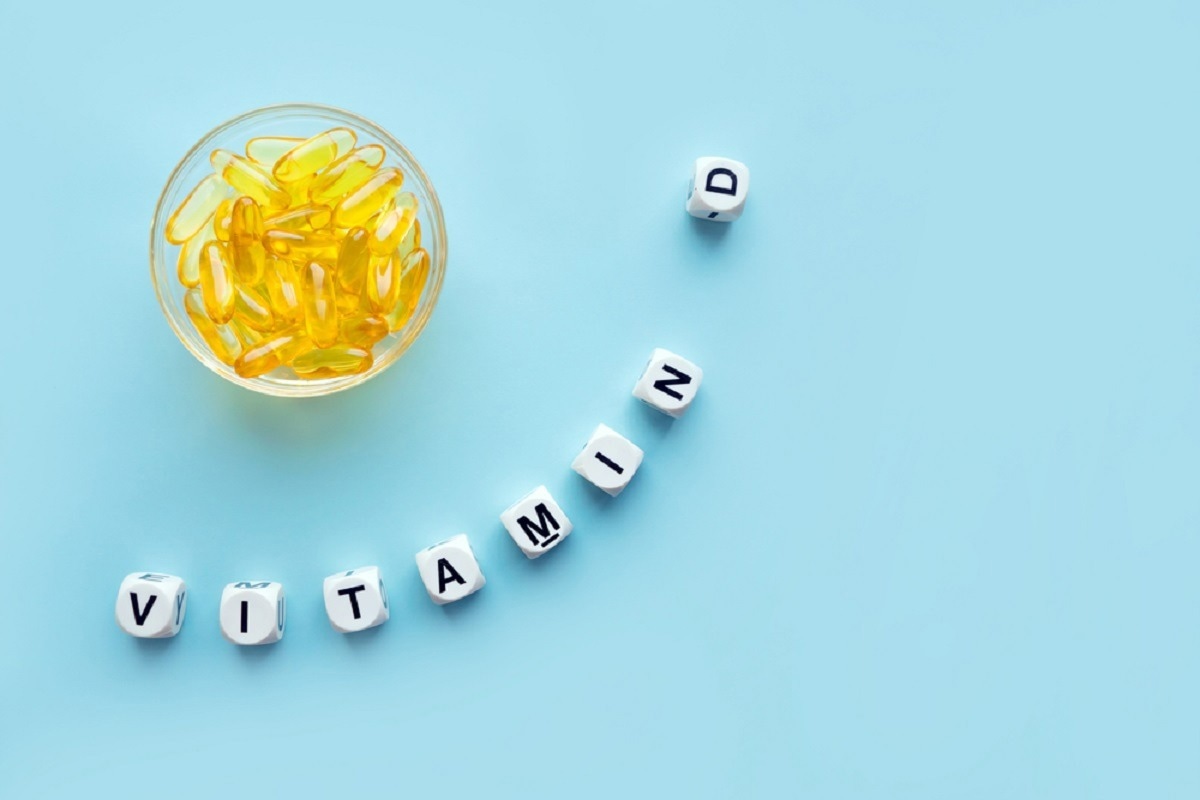A recent study published in Nutrients found that vitamin D is vital for lung protection from viral infection.
 Study: Vitamin D and the Ability to Produce 1,25(OH)2D Are Critical for Protection from Viral Infection of the Lungs. Image Credit: Iryna Imago/Shutterstock
Study: Vitamin D and the Ability to Produce 1,25(OH)2D Are Critical for Protection from Viral Infection of the Lungs. Image Credit: Iryna Imago/Shutterstock
Background
Low vitamin D levels have been associated with poor outcomes following respiratory diseases such as influenza. High-dose vitamin D supplements have been suggested to decrease seasonal flu severity. The emergence of severe acute respiratory syndrome coronavirus 2 (SARS-CoV-2) has renewed interest in these supplements for treating coronavirus disease 2019 (COVID-19).
Vitamin D and its active form 1,25-dihydroxy vitamin D (1,25D) have been implicated in antiviral responses. Multiple studies showed that 1,25D and other vitamin D analogs could induce the production of cathelicidin, a host defense peptide, during viral infection. The cathelicidin LL-37 has been shown to bind to and kill influenza and other viruses in vitro. Thus, vitamin D supplementation could target the influenza virus and SARS-CoV-2.
About the study
In the present study, researchers evaluated the effects of vitamin D on the antiviral response in lungs in mice and hamsters. C57BL/6 wildtype mice, K18-hACE2 mice, cytochrome P450 family 27 subfamily b polypeptide 1 (Cyp27B1) knockout (Cyp KO) mice (that do not produce 1,25D) were bred and housed.
Sex- and age-matched mice were given chow or purified diets with (D+) or without vitamin D (D-). Golden Syrian hamsters were maintained on a chow or D- diet and fed corn oil and vitamin D3. Serum samples were obtained to monitor the vitamin D status of animals. Mice and hamsters were infected with the SARS-CoV-2 WA-1/2020 strain.
D+ and D- wildtype and D+ and D- Cyp KO littermates were fed identical diets with or without vitamin D. They were infected with mouse-adapted H1N1 influenza virus. Experiments involving SARS-CoV-2 were performed in biosafety level 3 enhanced (BSL3+) while those with H1N1 were conducted in BSL2+ conditions.
Findings
The authors observed significantly different levels of serum 25-hydroxy vitamin D (25D) between mice fed D+ or D- diet regardless of the mouse genotype (wildtype or Cyp KO). D+ Cyp KO mice had higher levels of 25D than D+ wildtype mice. Respiratory distress was evident in all mice seven days after H1N1 infection, albeit D+ wildtype showed the least distress. D- wildtype and D- Cyp KO mice exhibited elevated symptoms.
One D+ wildtype mice succumbed to infection; mice in D+ or D- KO groups had a lower survival rate (62% in D+ and 57% in D- KO). Lung sections from vitamin D-deficient mice of either genotype showed inflammation even before infection. Alveolar hemorrhage was more prominent at four days post-infection (dpi) in D- Cyp KO mice than in D+ or D- wildtype mice. By 14 dpi, lung sections of D+ or D- Cyp KO and D- wildtype were much severe than D+ wildtype mice.
K18-hACE2 mice were fed a vitamin D-deficient chow and dosed orally with a vehicle (D-), low (D+), or high (D++) dose of vitamin D3 for eight weeks before SARS-CoV-2 infection. Serum 25D levels were significantly higher in D++ mice before infection and at 14 dpi. SARS-CoV-2 nucleocapsid (N) gene expression was the same in D- and D++ mice at 6 dpi.
SARS-CoV-2 infection-induced expression of interferon-beta and -gamma, but not interferon-alpha. Lung histopathology of D++ mice revealed significantly less type II hyperplasia and alveolar remodeling at 14 dpi. In a final set of experiments with mice, the authors found that 1,25D had no effect on survival from a lethal SARS-CoV-2 dose.
There were no significant differences in serum 25D levels between hamsters fed a chow diet and those fed D- diets for four weeks. Therefore, hamsters were fed a D- diet orally with a vehicle (D-) or 8 μg/day of vitamin D (D+) from 14 days before SARS-CoV-2 infection throughout the experiment. Serum 25D levels were significantly higher in D+ hamsters than D- hamsters on the day of infection until 14 dpi.
N gene was detected at 3 dpi in the lungs but not at 6 dpi, and no differences in N gene expression were noted between the lungs of D- and D+ hamsters. Surprisingly, N gene expression was observed in the colon tissues at 3 dpi and 6 dpi, albeit 1000-fold lower than in the lungs. Lung histopathology revealed significantly higher damage on 6 dpi than on 3 dpi.
Conclusions
The study found that vitamin D deficiency caused lung inflammation before viral infection. Vitamin D-deficient mice showed much more severe respiratory symptoms and lung inflammation than vitamin D-sufficient or -supplemented mice upon infection with H1N1 or SARS-CoV-2. D- mice showed significantly higher inflammation than D+ mice upon H1N1 infection. Moreover, high-dose vitamin D3 supplementation protected mice from SARS-CoV-2 infection.
Notably, vitamin D did not affect the expression of the H1N1 membrane (M) gene or SARS-CoV-2 N gene in the lungs of mice and hamsters. Overall, the findings highlighted the vital role of vitamin D and Cyp27B1 in regulating host responses to SARS-CoV-2 and H1N1. Future studies are needed to uncover the mechanism by which antiviral response is regulated by vitamin D.